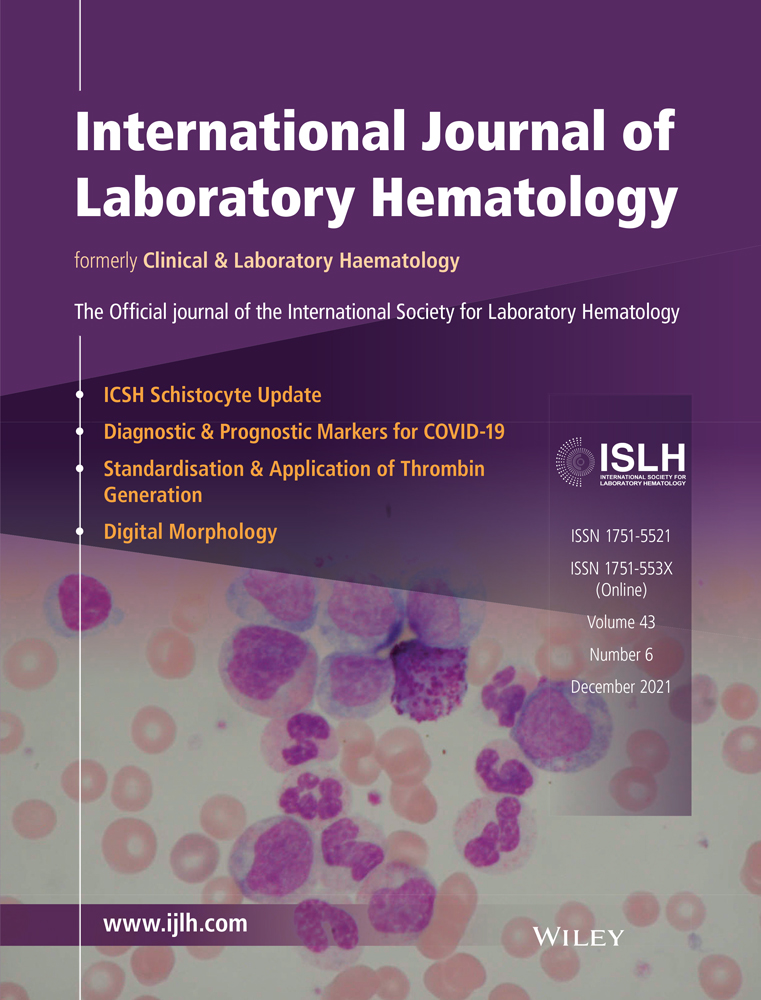Mutational landscape of Juvenile Myelomonocytic Leukemia (JMML)—A real-world context
Shrinidhi Nathany and Gaurav Chatterjee have contributed equally to this work.
A part of this study was presented in the ASH 2019. The abstract has been published as “Gaurav Chatterjee, Gaurav Narula, Shrinidhi Nathany, Prashant Tembhare, Papagudi Ganesan Subramanian, Sumeet Gujral, Maya Prasad, Nirmalya Roy Moulik, Vasudev Bhat, Chetan A. Dhamne, Shripad Banavali, Nikhil Patkar; Genomic Landscape of Juvenile Myelomonocytic Leukemia: A Real World Context. Blood 2019; 134 (Supplement_1): 1728. doi: https://doi.org/10.1182/blood-2019-129750.”
Abstract
Introduction
Juvenile myelomonocytic leukemia (JMML) is a rare childhood neoplasm (<5% cases), which has been categorized under myelodysplastic/myeloproliferative neoplasms (MDS/MPN) in the recent classification by the World Health Organization.
Methods
We developed a 51-gene (151.5kB) low-cost targeted myeloid panel based on single-molecule molecular inversion probes to comprehensively evaluate the genomic profile of Juvenile myelomonocytic leukemia (JMML).
Results
A total of 50 children with clinical and pathological features of JMML were sequenced at high coverage. Among the 50 patients, 44(88%) harbored mutations in one of the RAS/MAPK-pathway genes, most frequently in NRAS (32%), followed by PTPN11 (28%) and NF1 (22%). One-fifth of children had more than one mutation, with 5 cases harboring two RAS pathway mutations. Monosomy 7 was detected in 32% (16) patients, and five of these did not harbor any RAS pathway mutations. Children with monosomy 7 showed shorter overall survival compared with their wild-type counterparts (P = .02).
Conclusion
Our study highlights that comprehensive genomic profiling identifies at least one mutation in almost 90% of JMML patients. Performing genomic analysis at baseline might help in triaging children with JMML for allogenic stem cell transplant in resource-constrained settings.
CONFLICT OF INTEREST
The authors report no conflict of interest.
Open Research
DATA AVAILABILITY STATEMENT
The data that support the findings of this study are available from the corresponding author upon reasonable request.




